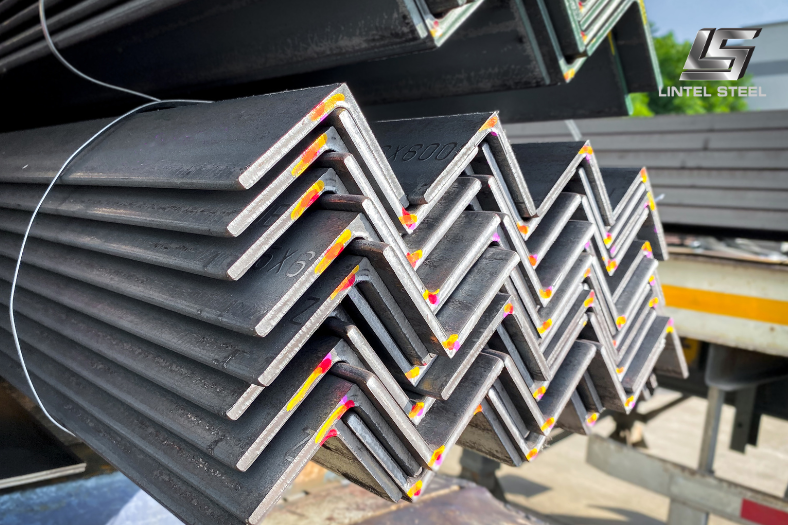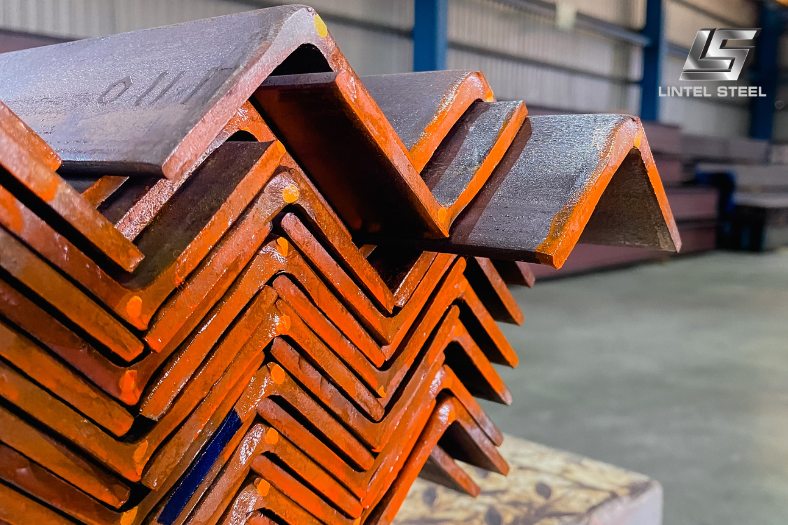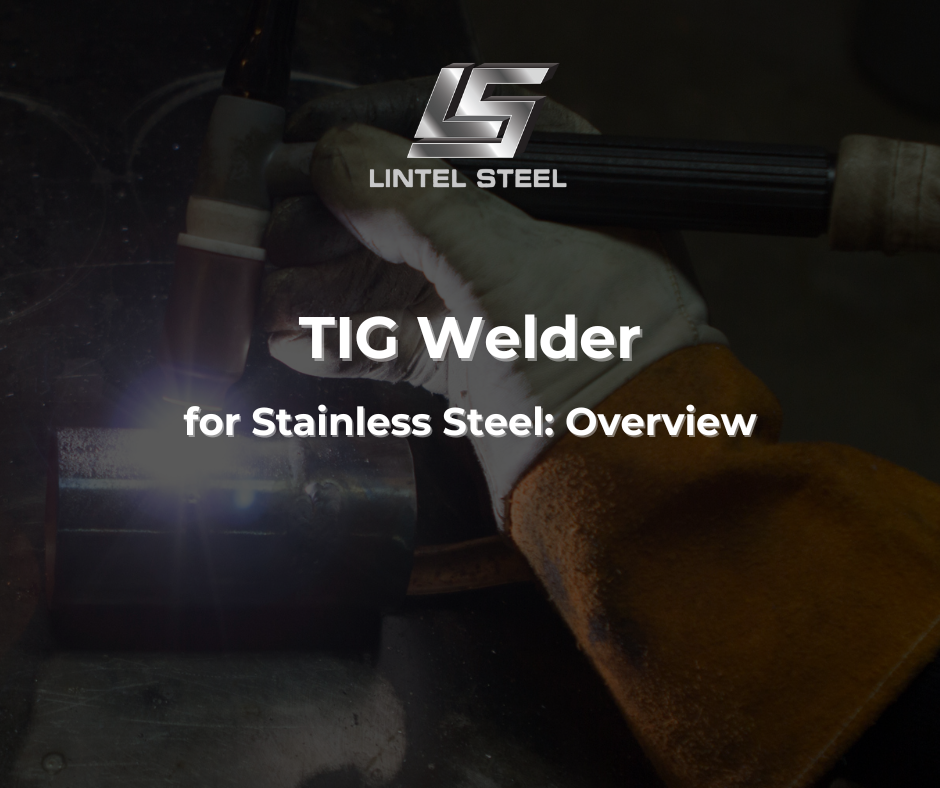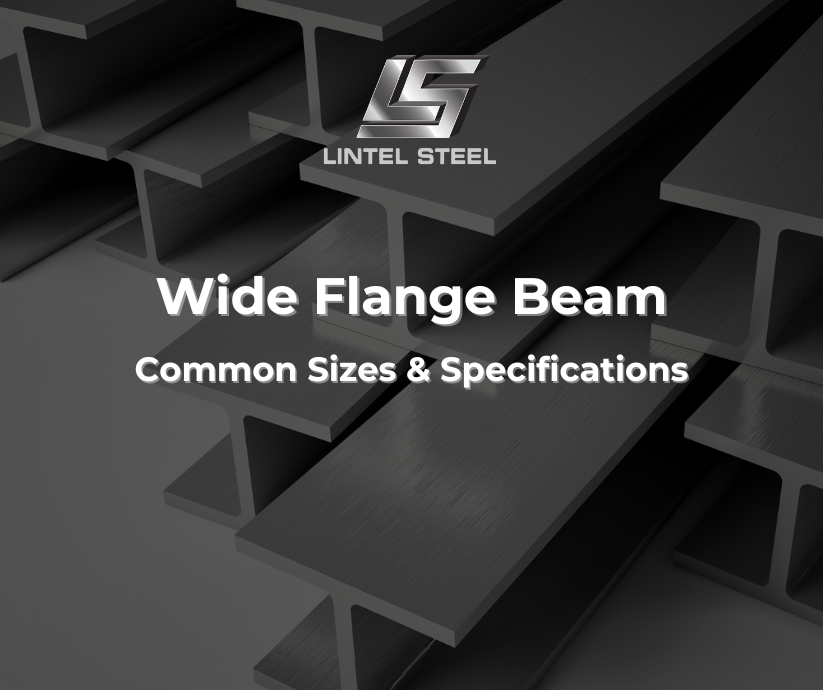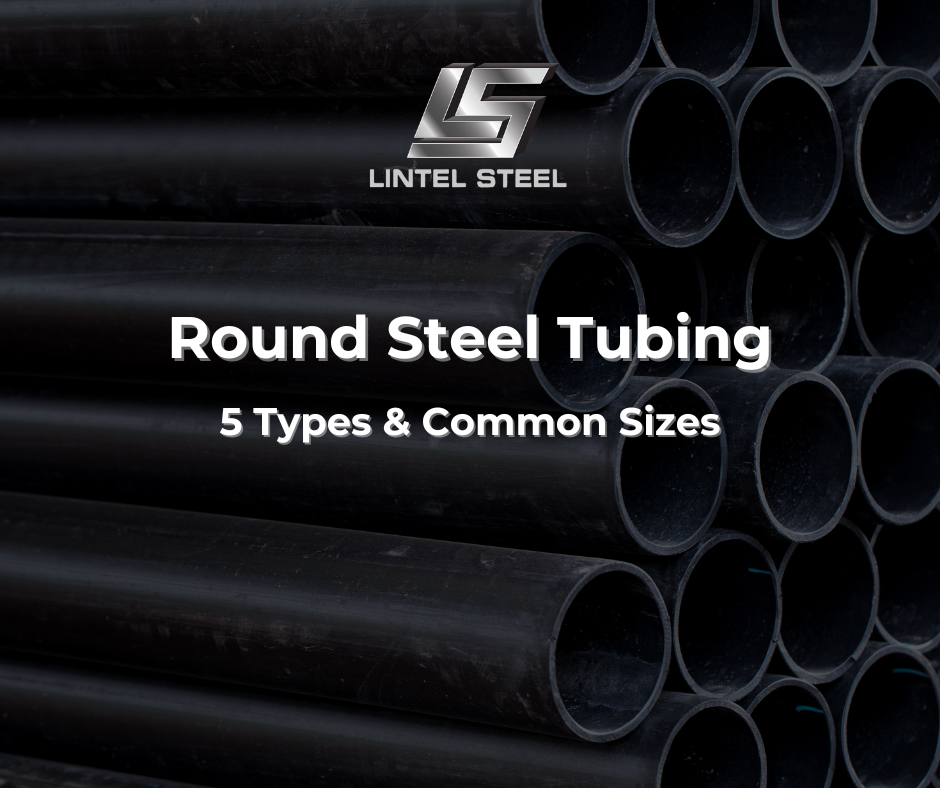Equal and Unequal Angle: 4 Key Differences
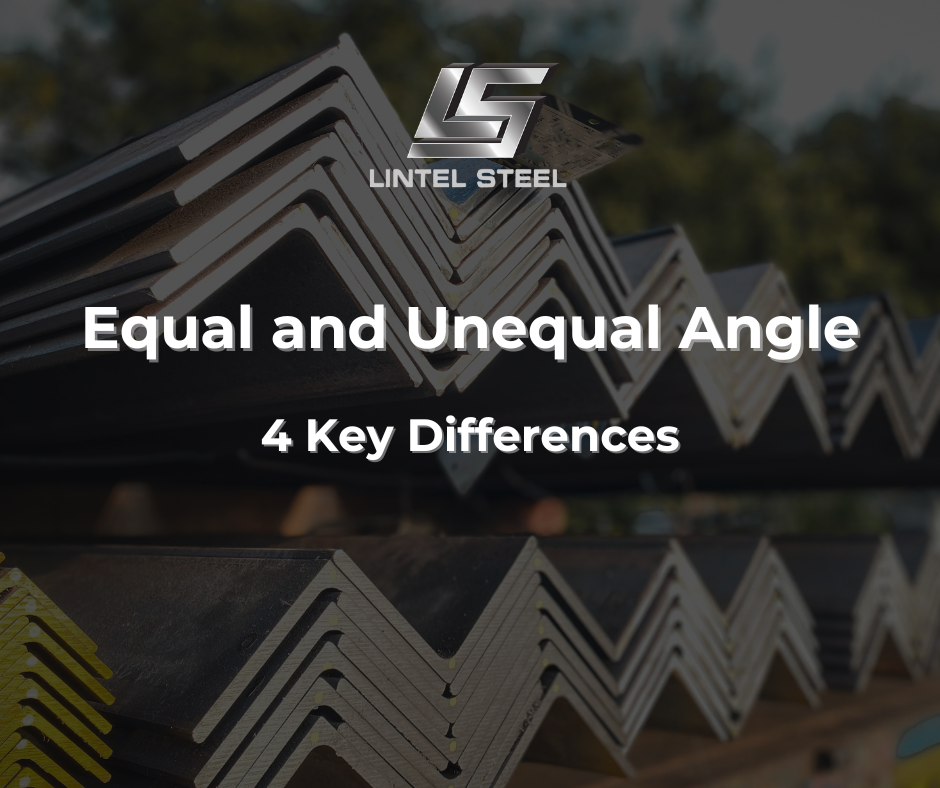
In the construction and fabrication industries, steel angles are among the most commonly used structural components. They provide excellent strength, rigidity, and versatility for a wide range of building and engineering applications.
Steel angles come in two main types — equal angle and unequal angle — each designed for specific structural requirements. Understanding the difference between these two is essential for selecting the right material for your project, whether it involves framing, bracing, shelving, or heavy structural work.
Both equal and unequal angles can be made from mild steel, galvanised steel, or stainless steel, depending on the environmental conditions and load-bearing needs of the structure.
2. What Is an Equal Angle?
An equal angle (often called equal leg angle) is a steel section with two legs of the same length, meeting at a 90-degree angle. The symmetrical shape provides uniform strength in both directions, making it ideal for structural applications where load distribution is even or multidirectional.
2.1 Features of Equal Angle Steel
- Equal length of both legs (e.g., 50×50×5 mm)
- High torsional and compressive strength
- Excellent resistance to bending in both axes
- Simple to cut, weld, and fabricate
2.2 Common Uses
Equal angles are widely used in:
- Roof trusses and bracing systems
- Frames, racks, and shelving structures
- Construction of bridges and towers
- General engineering and fabrication works
- Reinforcement of concrete or steel frames
Because of their symmetrical design, equal angles are also popular for aesthetic steelwork where uniform appearance matters.
3. What Is an Unequal Angle?
An unequal angle (also called unequal leg angle) has two legs of different lengths, forming an L-shaped cross-section that provides greater strength in one direction. This asymmetrical design allows engineers to optimise material use based on the direction and magnitude of applied loads.
3.1 Features of Unequal Angle Steel
- Unequal leg lengths (e.g., 100×75×8 mm)
- Optimised for directional load distribution
- Ideal for applications where one side carries higher stress
- Easily fabricated, drilled, or welded
3.2 Common Uses
Unequal angles are commonly found in:
- Structural supports and frames requiring one stronger leg
- Reinforcing corners or edges of beams and columns
- Shipbuilding and heavy engineering projects
- Machinery and equipment fabrication
- Platforms, walkways, and plant structures
Because of their directional strength, unequal angles are often chosen where balance between weight and strength is critical.
4. Equal vs. Unequal Angle: Key Differences
| Feature | Equal Angle | Unequal Angle |
| Leg Dimensions | Both legs equal in length | One leg longer than the other |
| Load Distribution | Uniform in both directions | Stronger in one direction |
| Applications | General framing, bracing, and decorative use | Directional load-bearing, reinforcement, heavy-duty structures |
| Design Advantage | Symmetrical and balanced | Flexible design for custom strength requirements |
In short, equal angles are ideal for general structural work, while unequal angles are used where load direction and balance need to be controlled more precisely.
5. Material Options and Finishes
Both equal and unequal angles are available in various steel grades and finishes to suit different environments and budgets.
5.1 Mild Steel Angles
Made from low-carbon steel, mild steel angles are strong, ductile, and easy to weld or machine. They are suitable for most indoor or sheltered applications.
5.2 Galvanised Angles
Hot-dip galvanised equal and unequal angles feature a zinc coating that protects the steel from rust and corrosion. They are ideal for outdoor, coastal, or industrial projects exposed to moisture.
5.3 Stainless Steel Angles
For projects requiring maximum corrosion resistance — such as food processing facilities or marine structures — stainless steel angles provide durability and a polished finish.
5.4 Surface Finishes Available
- Mill finish (black steel)
- Primed or painted finish
- Hot-dip galvanised finish
Choosing the right finish helps ensure long-term protection and low maintenance costs.
6. Standard Sizes and Specifications
Equal and unequal angles are produced according to international standards such as AS/NZS 3679.1, EN 10056, or BS 4848.
Typical size examples include:
Equal Angles
- 25×25×3 mm
- 50×50×5 mm
- 75×75×6 mm
- 100×100×8 mm
- 150×150×12 mm
Unequal Angles
- 50×30×4 mm
- 100×75×8 mm
- 150×90×10 mm
- 200×150×12 mm
Lengths are generally available in 6 m or 9 m bars, but can be cut to size according to project requirements.
7. Applications of Equal and Unequal Angles in Construction
The strength and adaptability of equal and unequal angle steel make them essential in multiple industries, including:
- Building and construction: frames, lintels, supports, and reinforcements
- Infrastructure projects: bridges, towers, and pipelines
- Industrial fabrication: machine frames and platforms
- Transport and shipbuilding: hull reinforcements and frameworks
- Architectural design: exposed structural and decorative metalwork
Whether for large industrial structures or small fabrication tasks, equal and unequal angles provide a reliable and economical solution for load-bearing and support systems.
8. Advantages of Using Equal and Unequal Angle Steel
- High structural integrity — both types provide excellent resistance to stress and deformation.
- Design flexibility — choose the shape that best fits load direction and strength requirements.
- Easy fabrication — angles can be cut, drilled, welded, or bolted with standard tools.
- Cost-effective — steel angles offer excellent strength-to-price value.
- Available in multiple finishes — including galvanised and stainless steel options for extended durability.
9. Equal and Unequal Angle in Modern Engineering
Today’s builders and engineers use equal and unequal angle steel as core components in modular and prefabricated systems. Their simplicity, adaptability, and strength make them ideal for everything from lightweight frames to complex industrial structures.
As sustainability becomes more important, steel angles also contribute to eco-friendly design. They are 100% recyclable, maintain structural integrity for decades, and require minimal maintenance — making them both an economical and environmentally responsible choice.
10. Conclusion
Whether you’re designing a large bridge or a small framework, equal and unequal angle steel sections deliver unmatched performance, flexibility, and value.
- Equal angles offer balanced strength and clean aesthetics for general construction.
- Unequal angles provide directional support and structural efficiency for demanding applications.
At Lintel Steel, we supply a full range of equal and unequal angles, available in mild steel, galvanised steel, and stainless steel finishes — all compliant with Australian and international standards. Contact us today for expert advice, competitive pricing, and fast delivery on quality steel products.
You can find out more about us at our Fanpage Lintel Steel.

